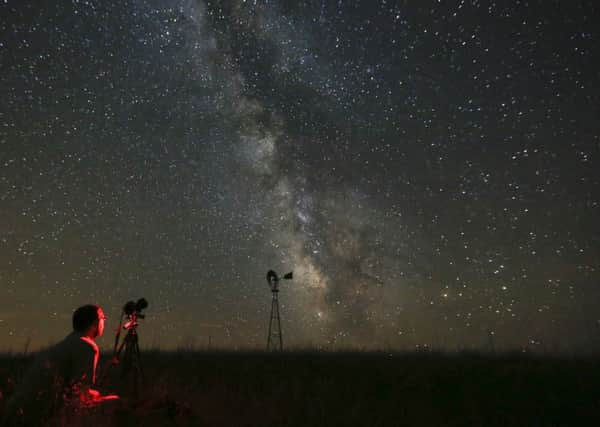Scotland one of few places you can still see Milky Way


Experts have produced a new atlas of light pollution which shows that across many regions of the world, the Milky Way – the brilliant river of stars that has inspired poets throughout history – is hidden behind a blanket of luminous fog.
The problem is most acute in urban areas of developed countries such as the US,where an estimated 80 per cent of the population is affected by light pollution.
Advertisement
Hide AdAdvertisement
Hide AdDr Chris Elvidge, from the National Centres for Environmental Information in Boulder, Colorado, US, said: “We’ve got whole generations of people in the United States who have never seen the Milky Way.
“It’s a big part of our connection to the cosmos – and it’s been lost.”
The team of US and Italian scientists used high-resolution satellite images and sky brightness measurements to produce the new atlas, published in the journal Science Advances.
Lead author Dr Fabio Falchi, from the Light Pollution Science and Technology Institute in Italy, said: “I hope that this atlas will finally open the eyes of people to light pollution.”
Singapore, South Korea and Italy were among the countries with the biggest artificial light problem while Canada and Australia retained the most dark skies.
In western Europe, only small areas of night sky remained untarnished by light, chiefly in Scotland, Sweden and Norway.
Despite the vast open spaces of the American west, almost half of the US experienced light-polluted nights.
Co-author Dan Duriscoe, from the US National Park Service, said: “In the US, some of our national parks are just about the last refuge of darkness – places like Yellowstone and the desert south-west.
“We’re lucky to have a lot of public land that provides a buffer from large cities.”